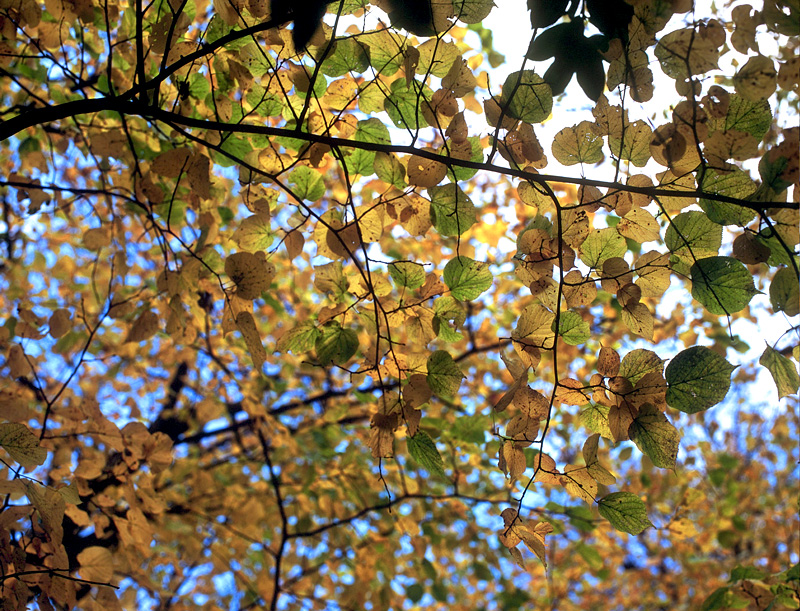Al83
Member
My high street processor burned a cd on my request. Files under the "high res" folder are typically 800kb in size. Is this typical of a high street processor? The images don't look great on my computer screen....🙁
My high street processor burned a cd on my request. Files under the "high res" folder are typically 800kb in size. Is this typical of a high street processor? The images don't look great on my computer screen....🙁
Is this typical of a high street processor? The images don't look great on my computer screen....🙁

No matter what the size of the file, I have never really gotten a scan that was great from the supposed pro labs out there or from the few consumer scanners I've tried. Tells you what the industry is thinking about film when they aren't making great scanners for consumers. Sad.

